US President Donald Trump and Chinese President Xi Jinping met on October 30, 2025, on the sidelines of the APEC forum in Busan, South Korea. It was their first in-person meeting since 2019 and resulted in a one-year trade truce that temporarily eased tensions between the world’s two largest economies. The meeting’s significance lies in its potential to de-escalate the ongoing trade war, though fundamental issues remain unresolved.
Trump said after the nearly two-hour meeting that it was “friendly”, and that he and the Chinese leader “agreed to almost everything”. Trump told reporters that “on a scale from zero to 10, with 10 being the best, I would say the meeting was a 12”, adding: “It was an outstanding group of decisions I think that was made.” In response to the meeting, Beijing released its own statement, where Xi said China and the US should not get “caught in a vicious cycle of mutual retaliation.”
The fentanyl precursors issue has created tension in US-China relations. The core of this issue is the American opioid crisis, which has led to tens of thousands of overdose deaths. Fentanyl is an opioid drug, like morphine or heroin. It is made entirely in laboratories, with no natural ingredients. Although it is approved as a prescription pain medicine, most of the fentanyl contributing to the current overdose crisis is made illegally.
China is a primary source of the precursor chemicals required to manufacture fentanyl. In fact, Chinese chemical companies manufacture and export nearly all of the illicit fentanyl precursors used globally. The US has accused China of not doing enough to stop this flow. China has now assured the US that it would increase efforts to stop the flow of fentanyl precursor chemicals.
In response to Chinese efforts to curb the flow of fentanyl precursors, Trump announced a cut in the “fentanyl tariff” on Chinese goods from 20 per cent to 10 per cent, which lowered the overall US tariff rate on Chinese imports from 57 per cent to 47 per cent.
Impact Shorts
More ShortsChina also agreed to immediately resume and increase purchases of American soybeans, corn, and other agricultural products. Following trade tensions with China, the US had lost one of its biggest buyers of these crops, resulting in large surpluses. China’s large pig and chicken farming operations create a huge demand for soybeans and corn, but due to tensions over tariffs, China has significantly reduced or stopped its purchases of US corn and soybeans. China had instead turned to suppliers in South America, such as Brazil and Argentina, to meet its needs. This resulted in a sharp drop in US exports and created financial hardship for American farmers.
Corn and soybeans are important to Donald Trump due to their political significance in key agricultural states such as Iowa, Ohio, and Wisconsin, which have been a crucial part of Trump’s voter base. These states are major producers of corn and soybeans, making issues that affect these crops politically sensitive for Trump. China’s decision to resume soybean and corn purchases from the US is a relief for the Trump administration and for American farmers, as it represents a potential de-escalation of trade tensions and a boost for agricultural exports. Trump hailed the move as a “very nice gesture” and part of a deal with Xi Jinping to buy “tremendous amounts” of agricultural products.
China agreed to postpone new export restrictions on its rare earth metals for one year, providing a crucial—if temporary—win for the US, which heavily relies on these minerals for advanced technology and defence. It may be recalled that China had announced new export controls on a range of strategic materials, including expanded restrictions on rare earth elements, super-hard materials, and high-performance lithium battery components. These are crucial for advanced technologies and defence.
Reciprocal maritime fees had also escalated tensions. In October 2025, the US and China began imposing reciprocal maritime port fees on each other’s vessels. After the Trump-Xi meeting, the two sides agreed to suspend these special port fees targeting each other’s vessels for one year.
The two sides agreed to work towards properly resolving issues related to the social media app TikTok. The TikTok issue between the US and China is primarily a conflict over national security, centred on concerns that China’s government could access American user data or influence the platform’s powerful recommendation algorithm through TikTok’s Chinese parent company, ByteDance. This has led to a US law mandating ByteDance to divest its US operations, though a recently finalized deal aims to resolve this by creating a US-controlled entity with US investors taking a majority stake.
China has opposed US attempts to force the sale of TikTok, viewing such actions as “bandit logic” and an unfair suppression of Chinese enterprises. Despite its opposition, China has indicated it will work with the US to resolve the issue.
Following the Trump-Xi meeting, the US suspended new restrictions on Chinese subsidiaries from acquiring American technology for one year. Trump confirmed that Nvidia’s most advanced “Blackwell” AI chips were not part of the concessions that would allow sales to China.
The agreements between Trump and Xi are a partial freeze that lowers the temperature on escalating trade hostilities, which have been fuelled by tit-for-tat tariffs throughout 2025. Many core tensions remain unsettled, including the fate of TikTok in the US and broader disagreements over trade practices and technology. The truce is temporary, leaving open the possibility of renewed escalation. However, the agreements provide domestic political advantages for both leaders. For Trump, the deal delivered tangible results on trade and the opioid crisis. For Xi, it showed that China would not be “bullied” and could achieve concessions.
While the summit produced immediate results, it also highlighted a key shift in global dynamics. The focus on bilateral negotiations and transactional deals signals a continued move away from multilateral institutions. This benefits China, which seeks to be viewed as a stable global power while the U.S. shifts its approach. The perception of a US-China “G-2” (grouping of two biggest global powers) partnership may dilute the strength of the Quad—a security and diplomatic partnership between the US, India, Japan, and Australia, designed to counter China’s influence in the Indo-Pacific.
The outcome of the October 30, 2025, meeting between Donald Trump and Xi Jinping is expected to have a complex impact on India. While the bilateral trade truce between the US and China may ease some global economic uncertainty, it also places India at a new, and potentially less favourable, economic and geopolitical crossroads. The US reduced tariffs on Chinese goods, but not on Indian goods. This places India at a trade disadvantage. India and Brazil now face the highest US tariffs among major trading partners. The tariff disparity is likely to increase pressure on India to negotiate a trade deal with the US.
The de-escalation of US-China trade tensions reduces the immediate incentive for companies to shift their supply chains out of China. This could slow down India’s efforts to position itself as an alternative manufacturing hub, particularly in the tech sector.
In conclusion, the Trump-Xi meeting delivered a “tactical pause” rather than a “strategic breakthrough” in the US-China relationship. While a temporary agreement was reached, the fundamental competitive dynamics remain. This suggests that periods of tension and de-escalation are likely to characterise the relationship for the foreseeable future. The temporary nature of the agreements highlights China’s strategic leverage, particularly concerning its dominance of the rare earth minerals supply chain. Beijing demonstrated its ability to weaponise economic resources, effectively forcing concessions from the US on tariffs and export controls.
The future of US-China relations is likely to be a complex mix of continued strategic competition and a pragmatic search for stability and cooperation on select issues like fentanyl control. While both nations recognise the need for a steady relationship, they will continue to face fundamental differences and mistrust, especially concerning economic models and China’s growing global influence. Short-term efforts will likely focus on de-escalating tensions through dialogue, with potential for agreements on specific trade and security matters.
(The writer is a retired Indian diplomat and had previously served as Ambassador in Kuwait and Morocco and as Consul General in New York. Views expressed in the above piece are personal and solely those of the author. They do not necessarily reflect Firstpost’s views.)


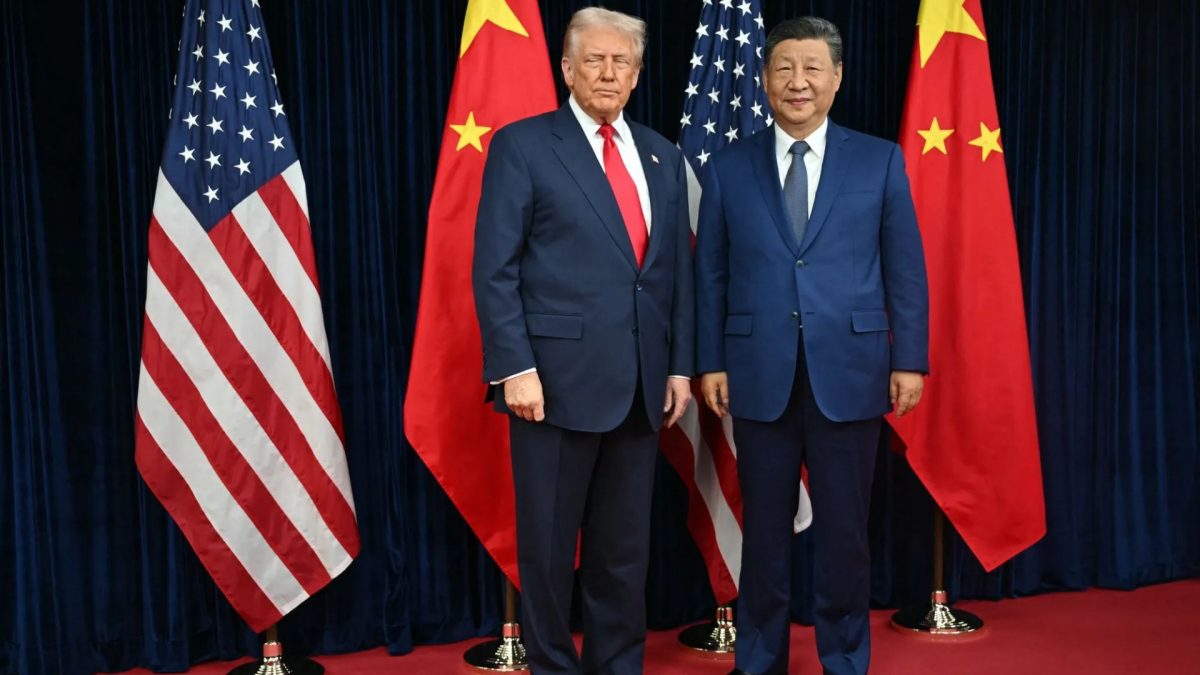)
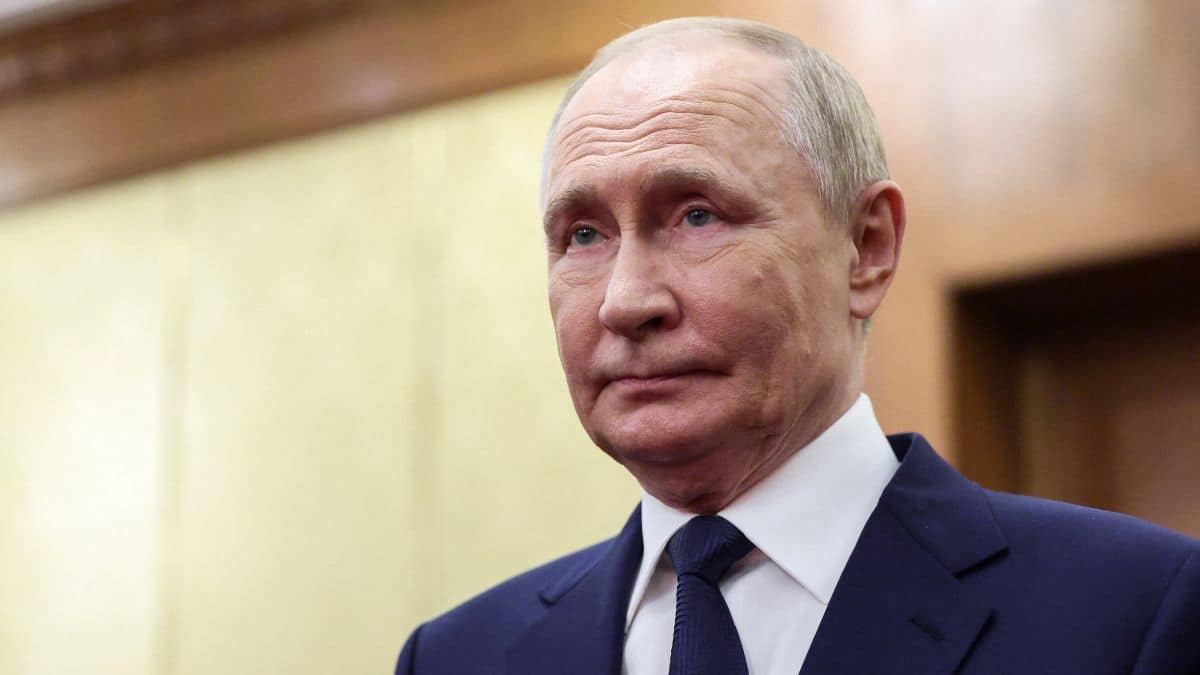
)
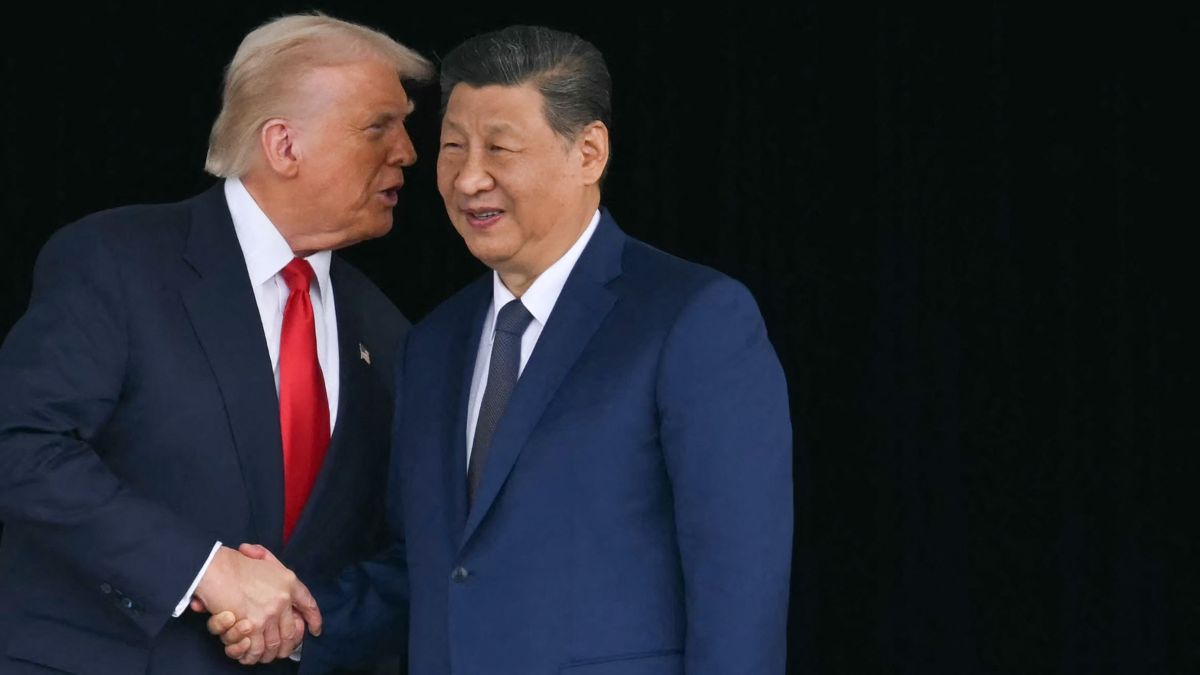)
)
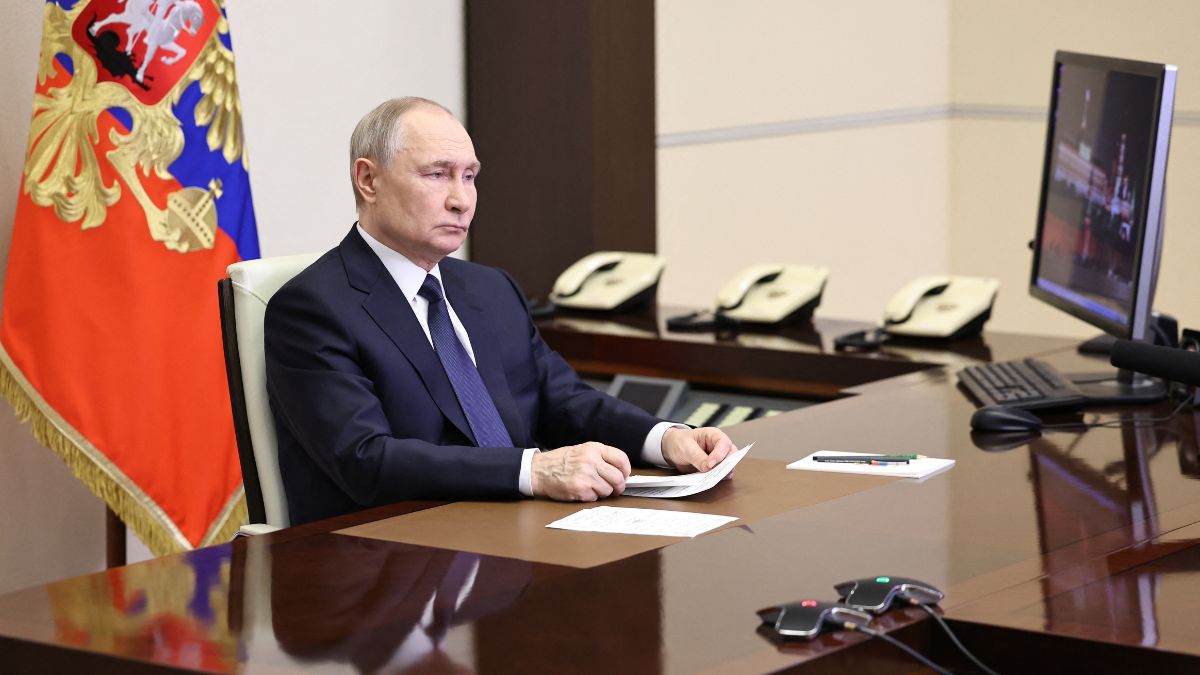)
)
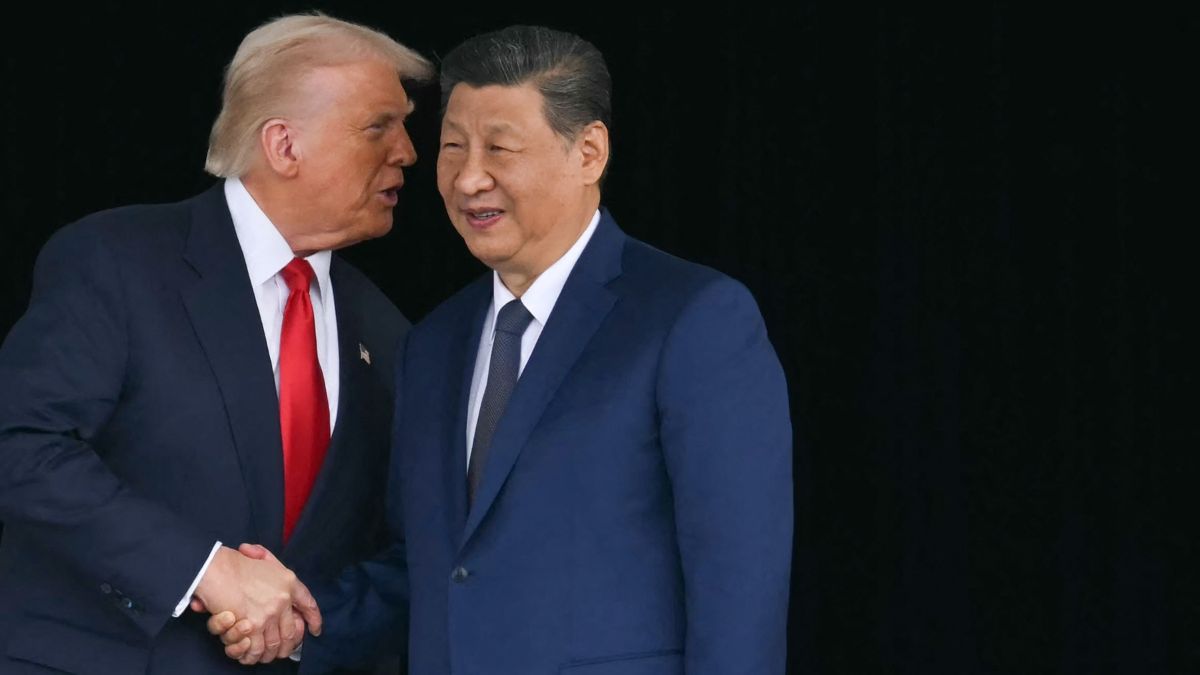)
)
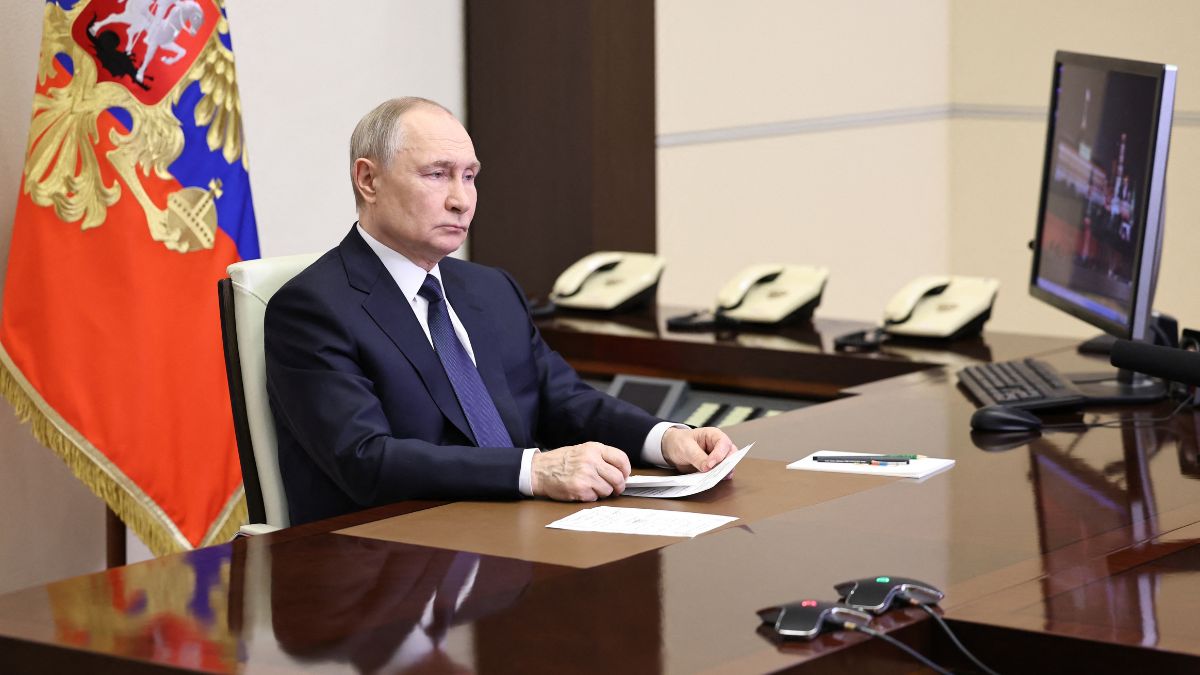)



